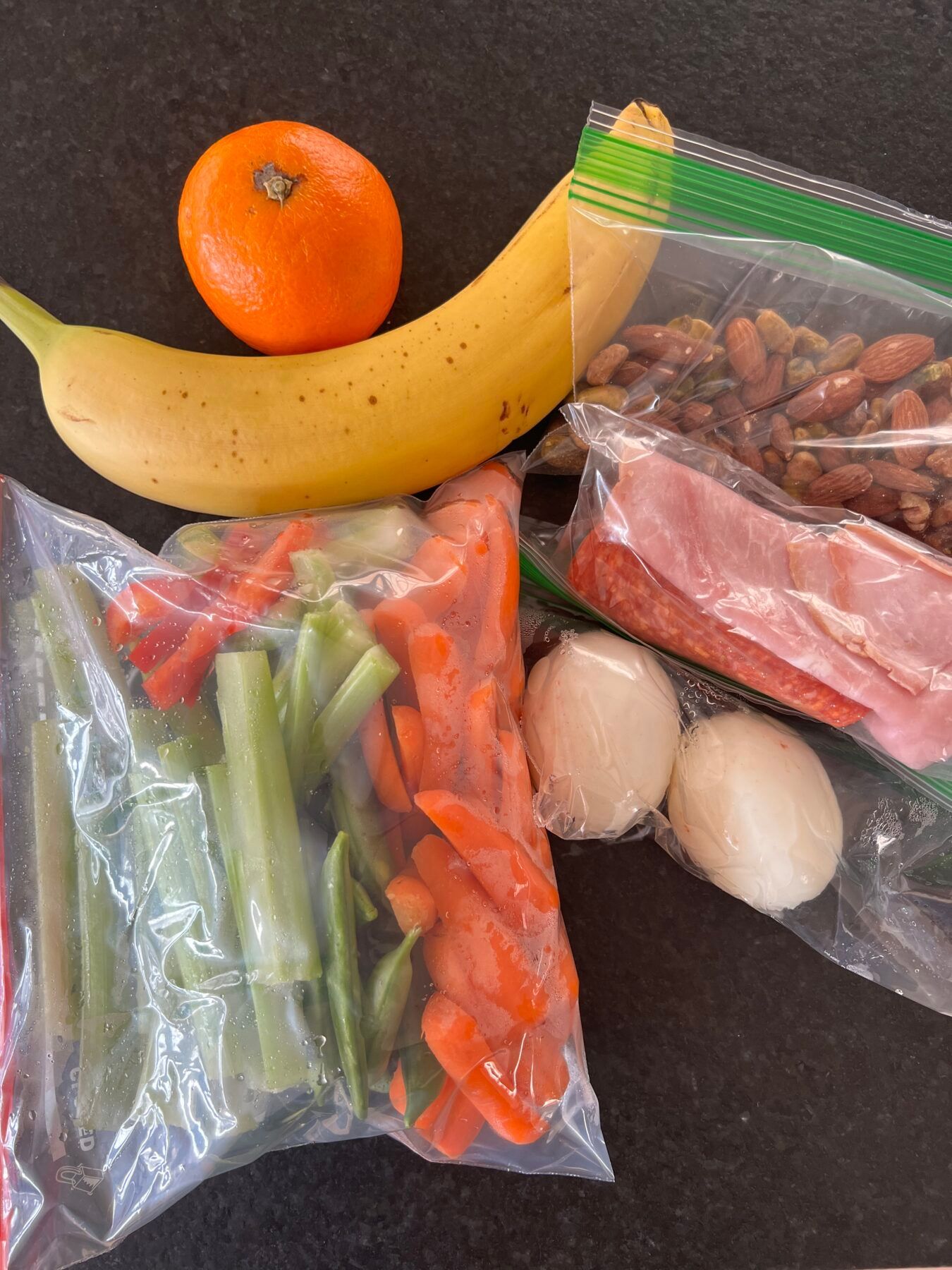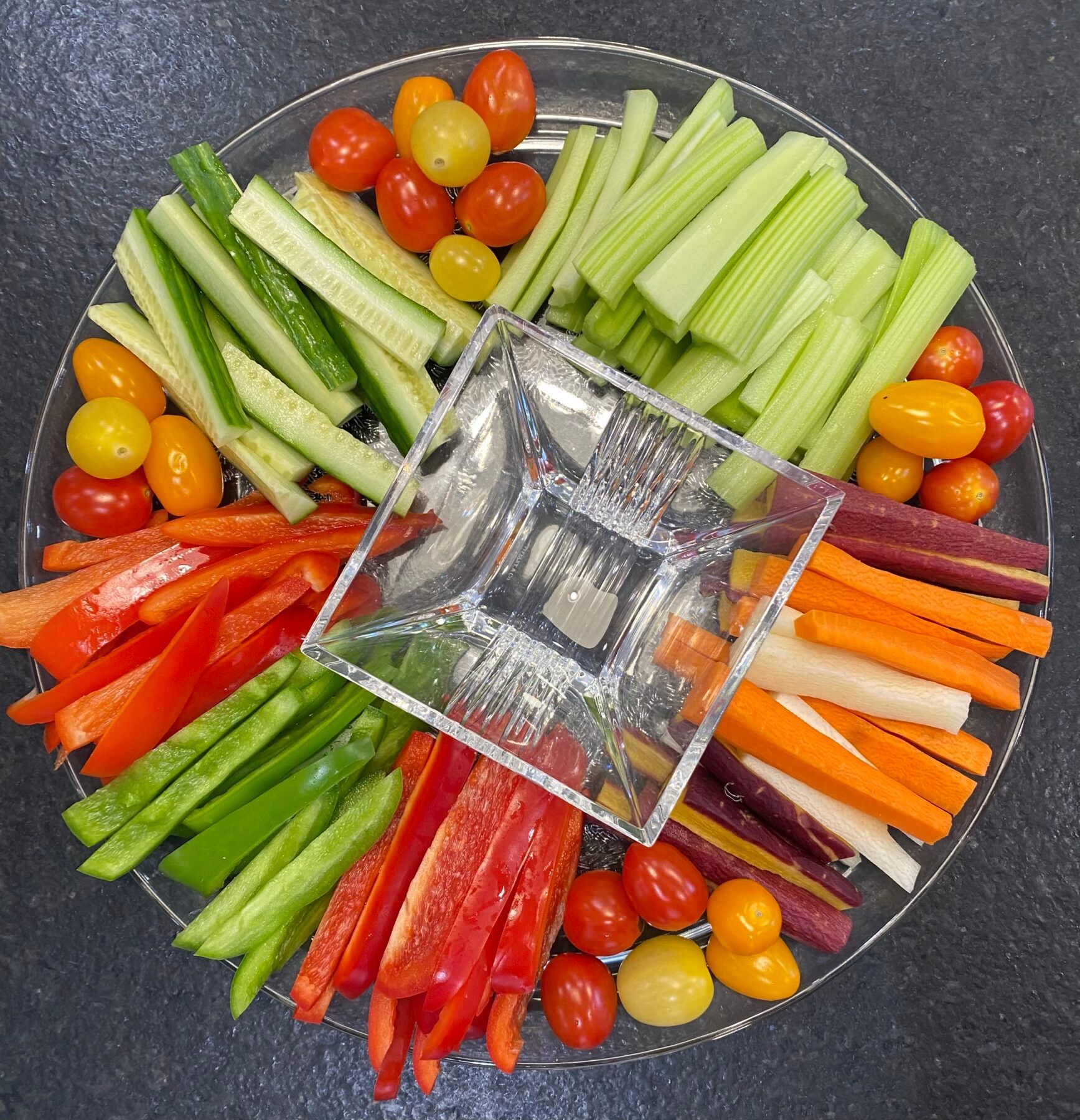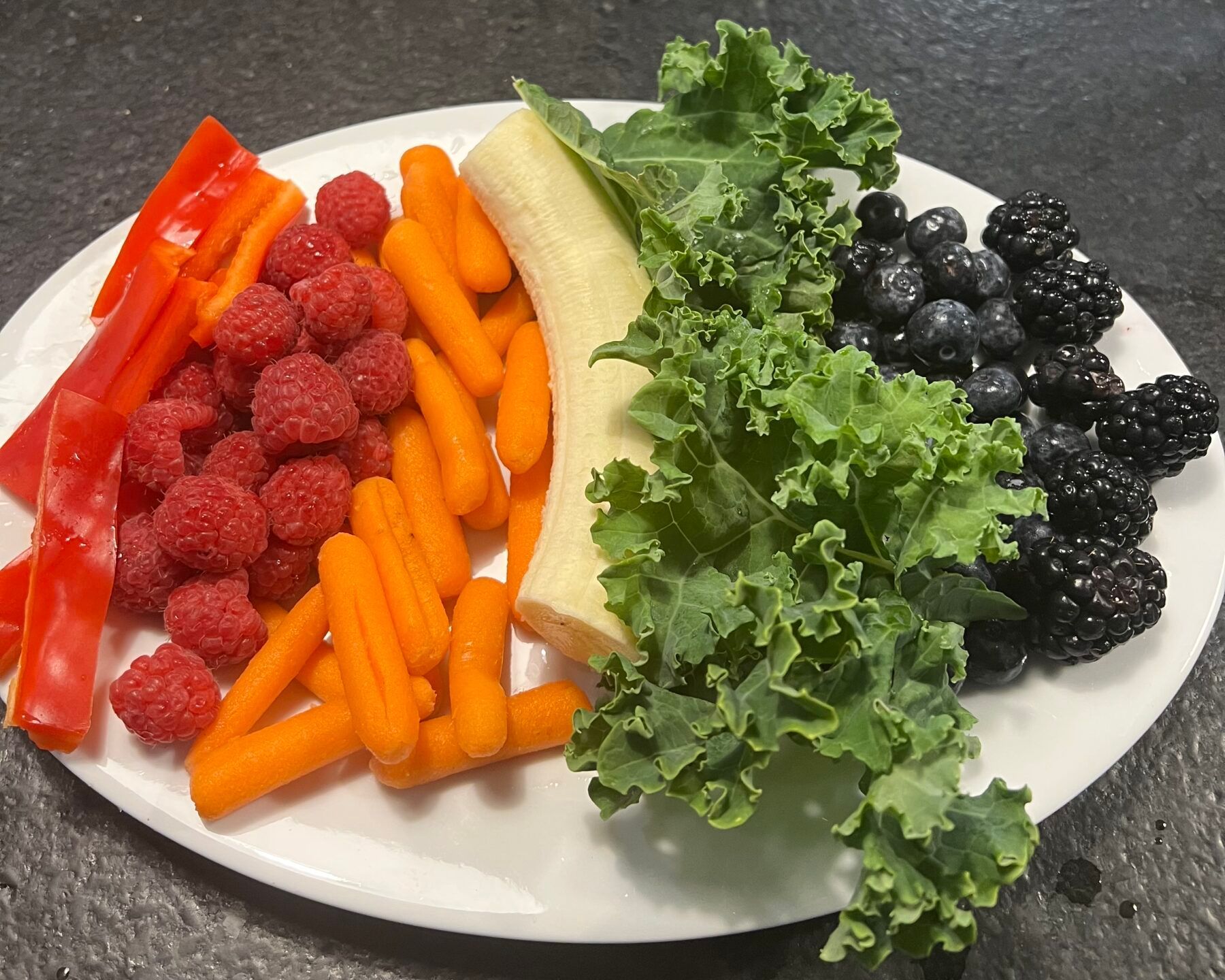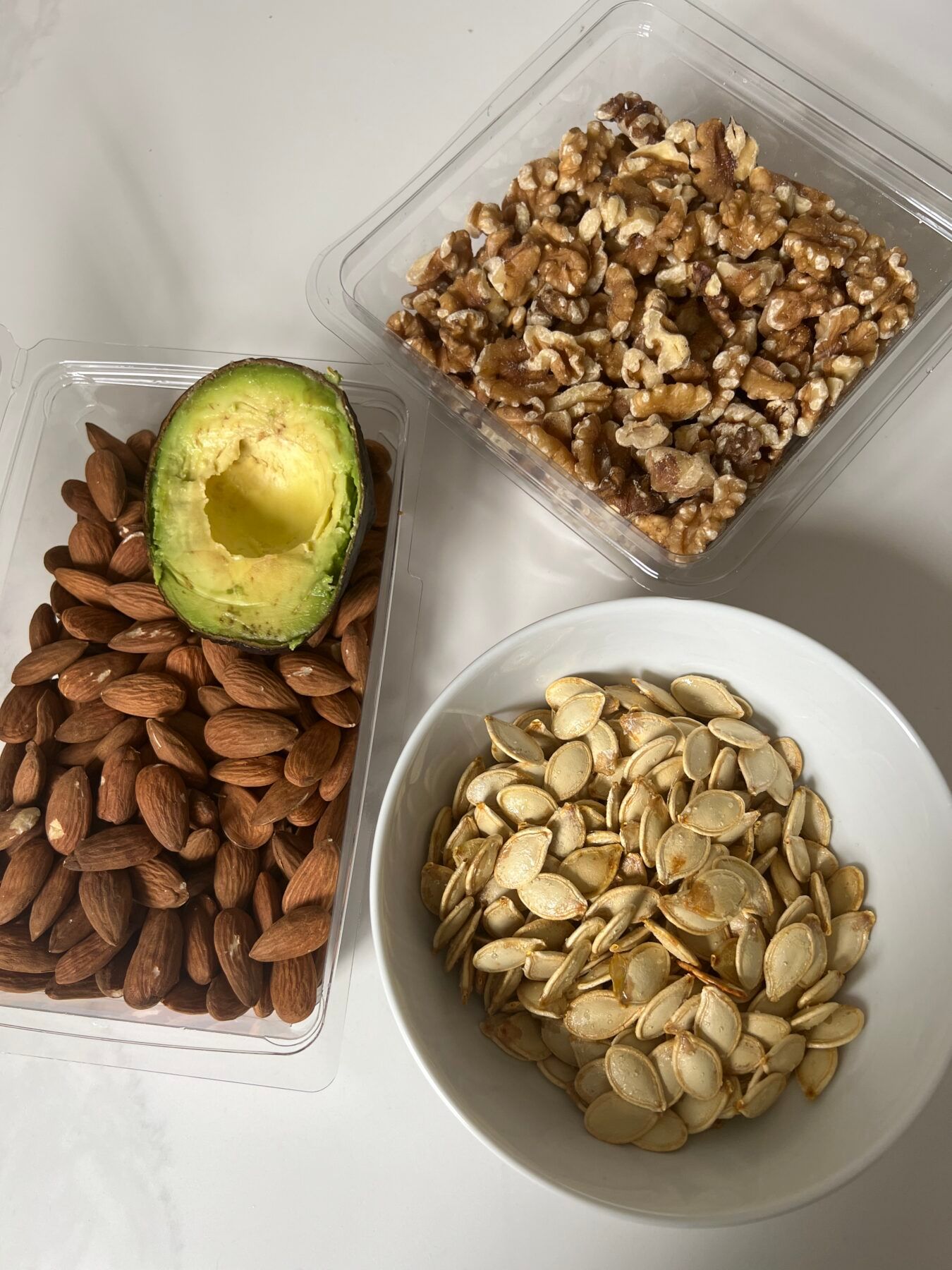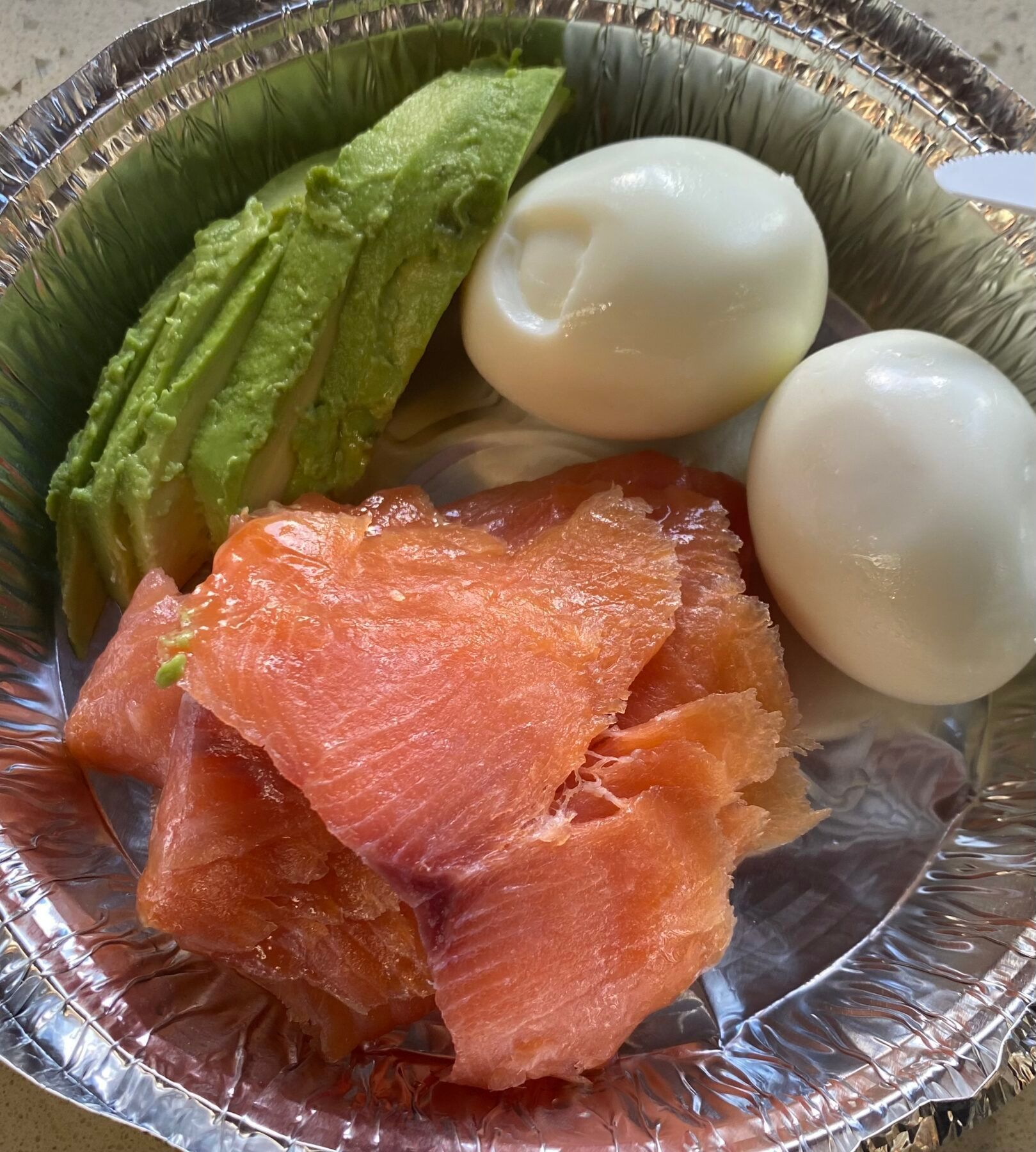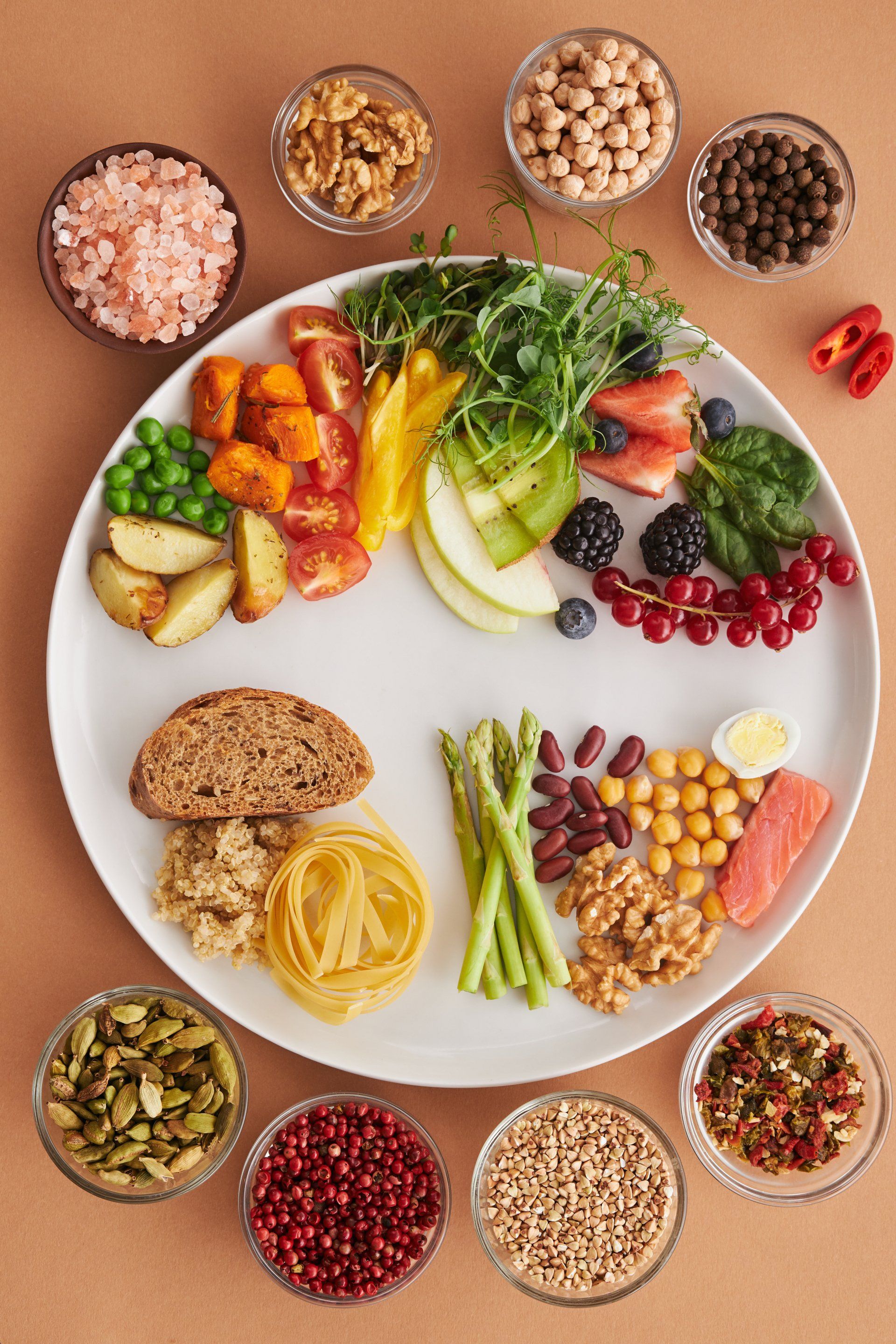Macro #2 – Carbohydrates, Our Friends
As promised, I’ll cover the 2nd of the 3 macros – carbohydrates. One of the most debated macros in current times. No carb, low carb, carb cycling. Carbs run our bodies, give us energy, and allow us to lift heavy and RX+ WODs! This is where we get all of our fruits and vegetables, our fiber, and our whole grains. The US Dietary guidelines state that these should be 50-60% of our calories. Please don’t discount carbs and their power for energy and great workouts. Carbohydrates are found in plant foods only with the exception of lactose (sugar in milk). They make up all fruits, vegetables, grains, legumes, nuts, and seeds and used by the body for energy.
Fiber is a form of carbohydrate but is not digested or absorbed by the body. Instead it is
used to keep our digestive track healthy by forming and eliminating waste from the body. Keep this in mind when I touch on food labels as promised last time.
Carbs can also be defined as whole grains vs. refined grains. Whole grains are foods that have not been significantly altered from their state they occur in nature e.g. white rice versus brown rice. Refined grains have most of the nutritional parts removed and are therefore enriched, or re-fortified. Simple sugars include: Glucose – blood sugar, Fructose – sugar in fruit and honey, Sucrose – table sugar, Lactose – milk sugar among some others. While complex carbohydrates include: Starches – potatoes, cereals, grains, corn, peas and Fiber – legumes, broccoli, cauliflower, spinach, tomatoes, etc.
Foods such as fruit contain both simple and complex carbohydrates. They contain fructose which is the simple sugar that cause them to taste sweet and they contain complex carbohydrates, the fiber, that gives them peels and form/structure. These foods matter and provide us with most of our micronutrients in which I’ll discuss in the future. These foods also are bulky, nutrient dense and take up room in our stomachs although typically digested a bit quicker than fat and protein. The fiber slows it down and why an orange is more beneficial than orange juice.
Reviewing a couple of examples to breakout for your daily diet, think about cauliflower. There are 25 calories in a cup of cauliflower. You can eat as much cauliflower as you wish if those cruciferous vegetables agree with you. 71% of cauliflower calories come from carbs. (They are also 26% protein but it doesn’t add up to much protein given the calorie count.) There are about 310 calories in a cup of oats, providing 55g carbs and 11g of protein.
Back to our example from last time for a 150 lb person eating 2400 calories per day, a decent amount of carbs is about 1200 calories or 1200/4=300 grams of carbs. So in my examples above, that’s about 2-3 cups of oats, rice, or fruit plus 4-8 cups of cruciferous vegetables, and 2 cups of starchy vegetables. That is a lot of food and so good for you with lots of fiber!
Some of the carbs I eat on a daily basis are berries, kale, spinach, sweet potatoes, carrots, grapes, broccoli, cauliflower, cucumbers, oats and quinoa. I tend to eat more fat than carbs as I too am a work on progress.
Next time we’ll look at fat. Another highly debated macro, Remember, all macros are important. Too much or too little of a good thing could be detrimental to our goals. Reach out if you want to talk nutrition and goals.
The post Macro #2 – Carbohydrates, Our Friends appeared first on CrossFit Wilmette.
